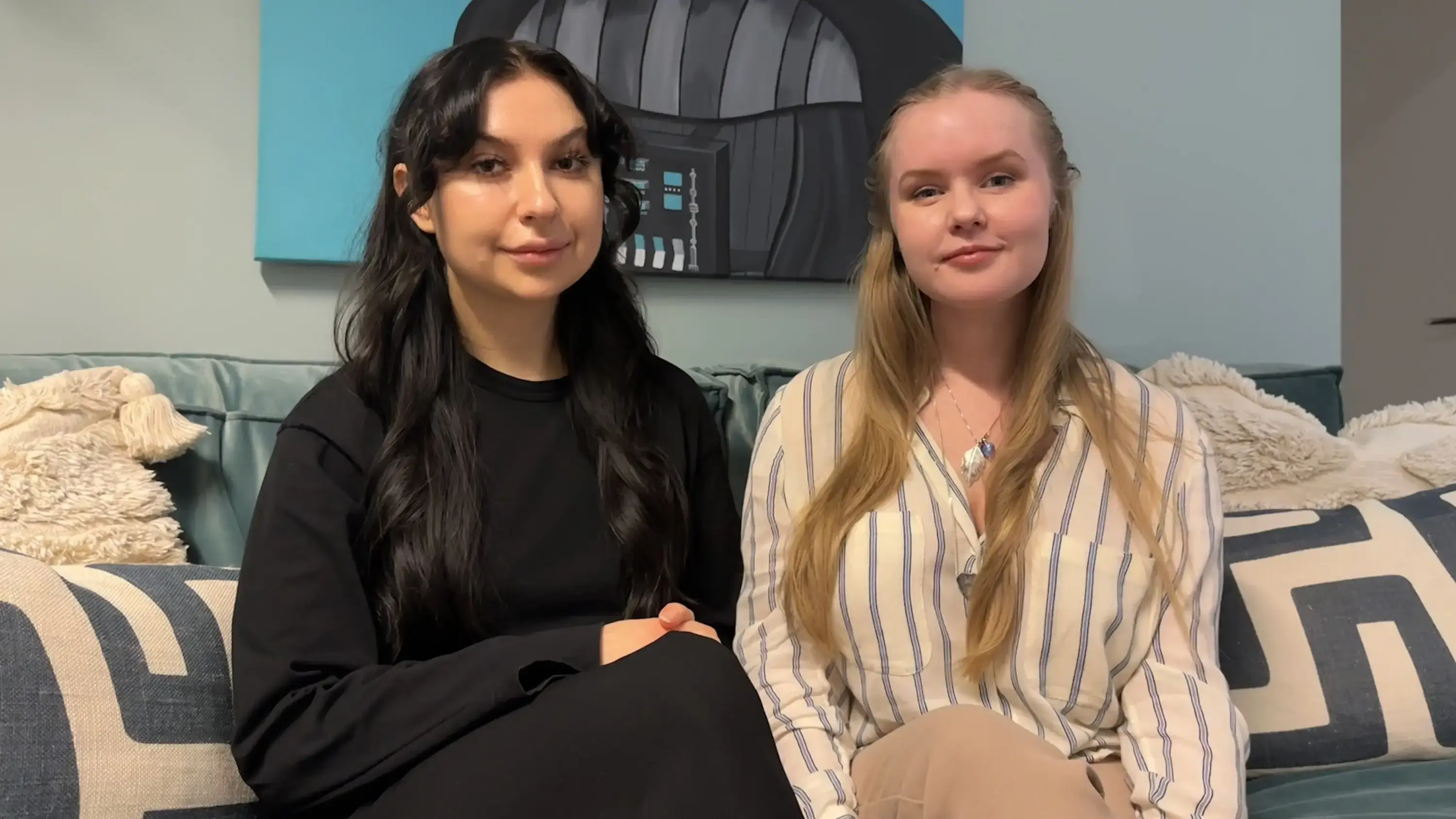Thoughts
Accessibility: how to create a website for everyone
Our new UX specialist Susanne Norén joins us from the Swedish National Veterinary Institute (SVA) and is something of an accessibility expert. It often happens when you've worked at an authority where it's crucial to ensure that everyone can access the information.

What is accessibility?
"Accessibility means being able to access the physical environment and navigate around society," says Susanne. "It also involves ensuring that everyone has access to information and communication, and that they can use products, environments, programs, and services."
"It’s obvious that a wheelchair user should be able to take a bus or that children with concentration difficulties should receive help in school. But do we think about this when we build a website or application?"
Susanne Norén believes that there needn't be a contradiction between developing creative digital solutions at the cutting edge of technology and ensuring they are accessible:
"A little extra effort goes a long way. Today, about thirty-five percent of Sweden's population has some form of disability. Do you want to exclude a third of the population just because your website has poor contrast colors, unclear links, or is difficult to navigate?"
5 accessibility tips
Want to get started with accessibility for your website? Susanne has listed her top five tips to make your site more accessible:
1. Consider your writing
Ensure the font size is appropriate and readable. Write in a way that users can understand. We might be tempted to use complex words to make a text sound better, but does it make the text clearer for the reader?
2. Think about contrast between objects
Dark text on a black background is hard to read and even worse for someone with visual impairments. Despite color blindness or reduced vision, it's still possible to perceive contrasts, so use contrasting colors on your website to be clear.
3. Be clear with links
Use underlined links as the classic blue link can blend in with other text for someone with a visual impairment. Also, describe where the link goes so that tools and aids can understand its destination. For instance, "click here" becomes unclear for someone using a browser tool.
4. Be consistent
If you have a link in several places leading to the same destination, it should be named the same everywhere. Don’t forget to use headings and subheadings, and mix them with bullet points for clarity.
5. You don’t have to do everything
But remember that every little bit helps someone.
We help you assess accessibility
Want to know how accessible your website is? Esatto can help you with an accessibility audit and a plan forward. Get in touch, and we'll get started!



